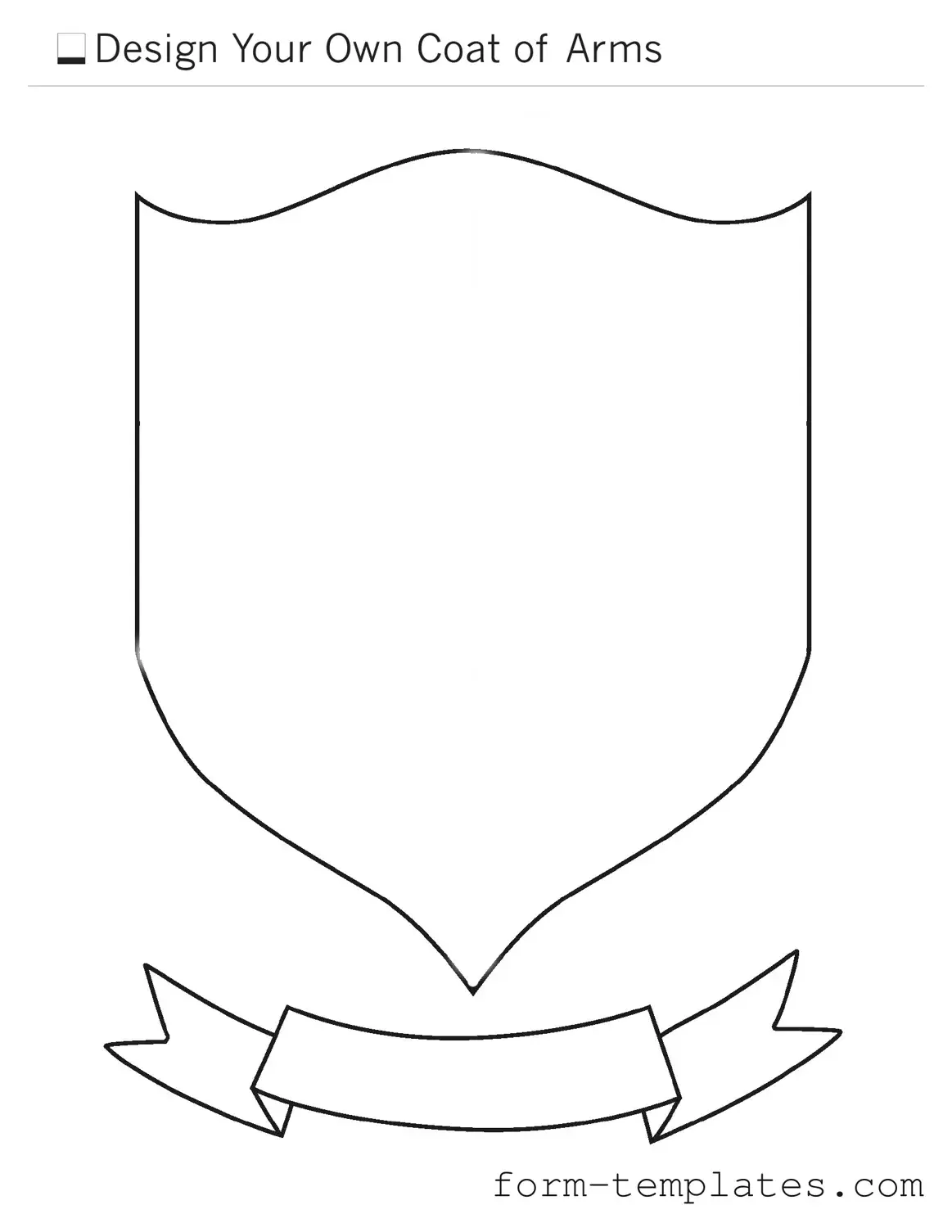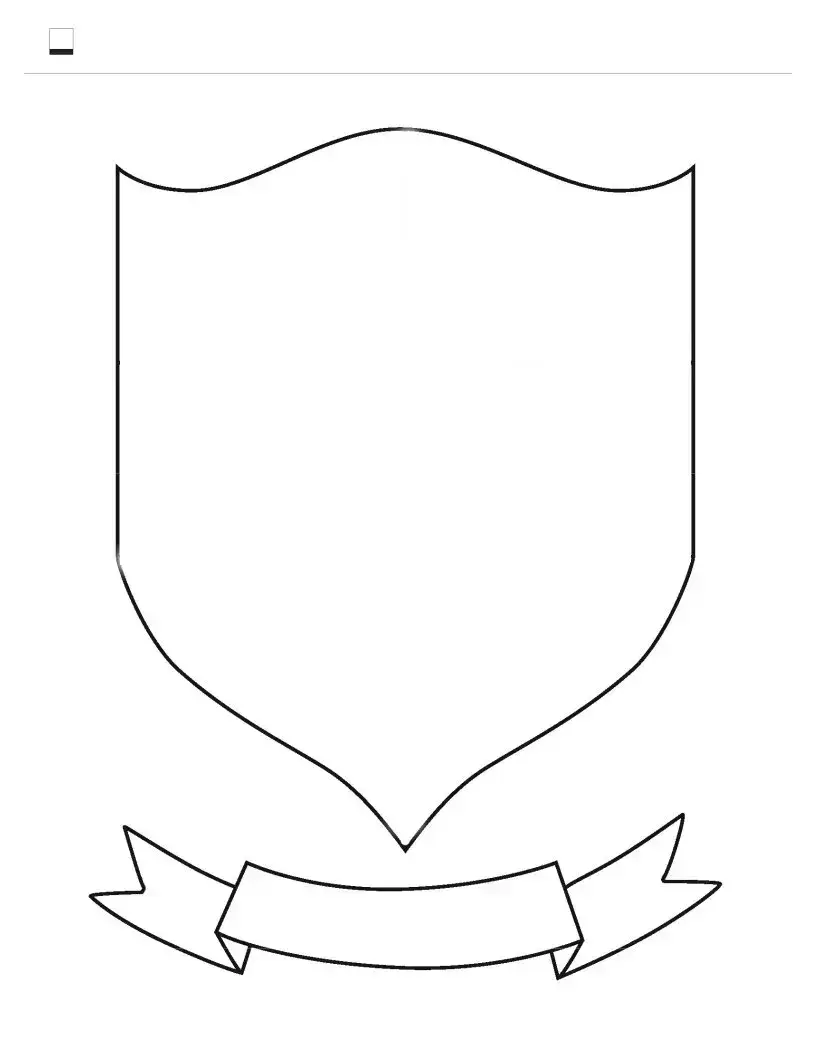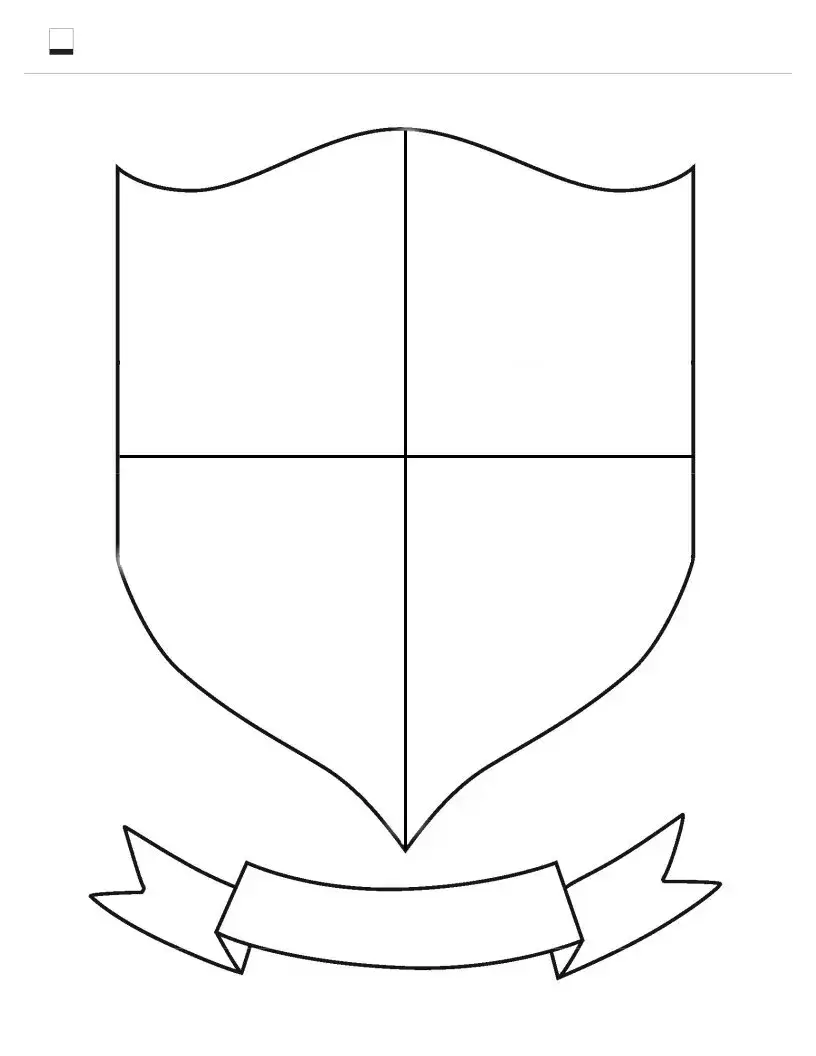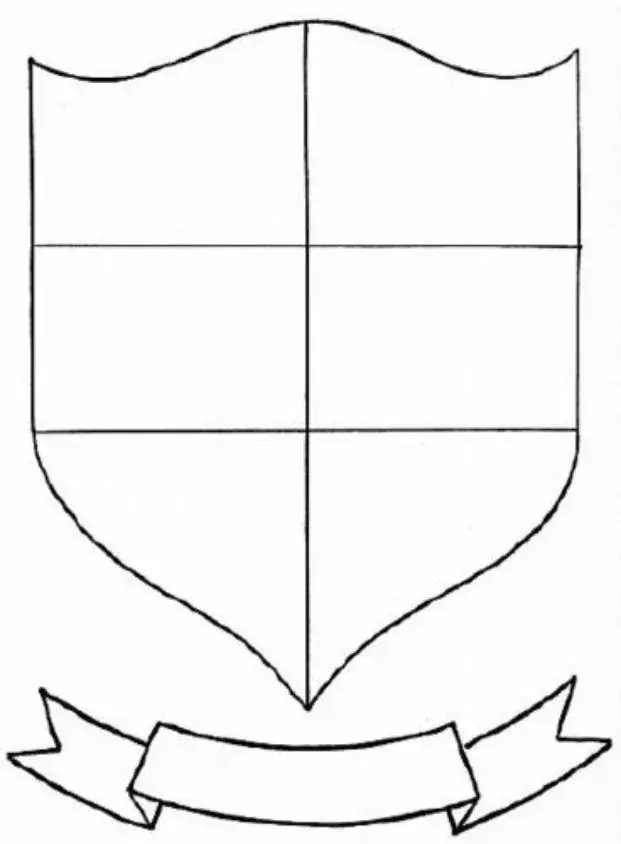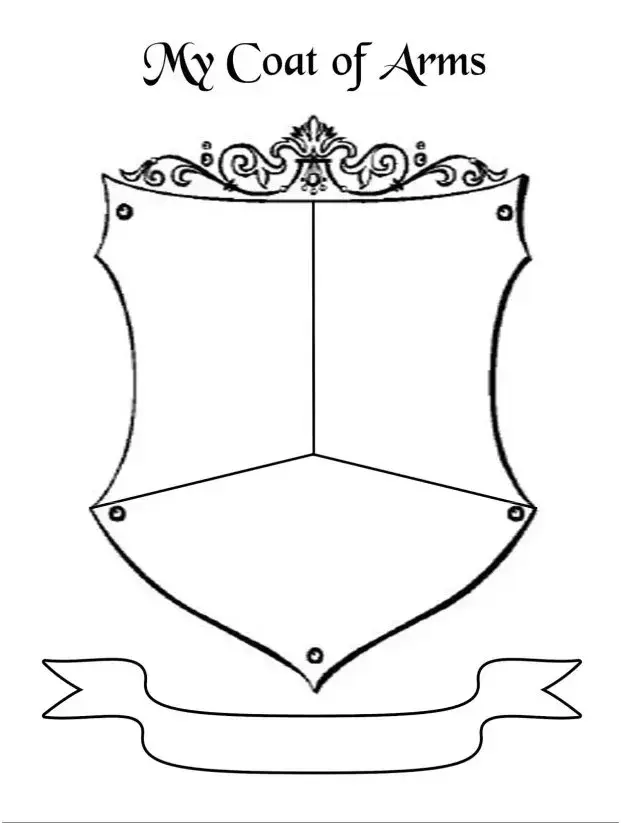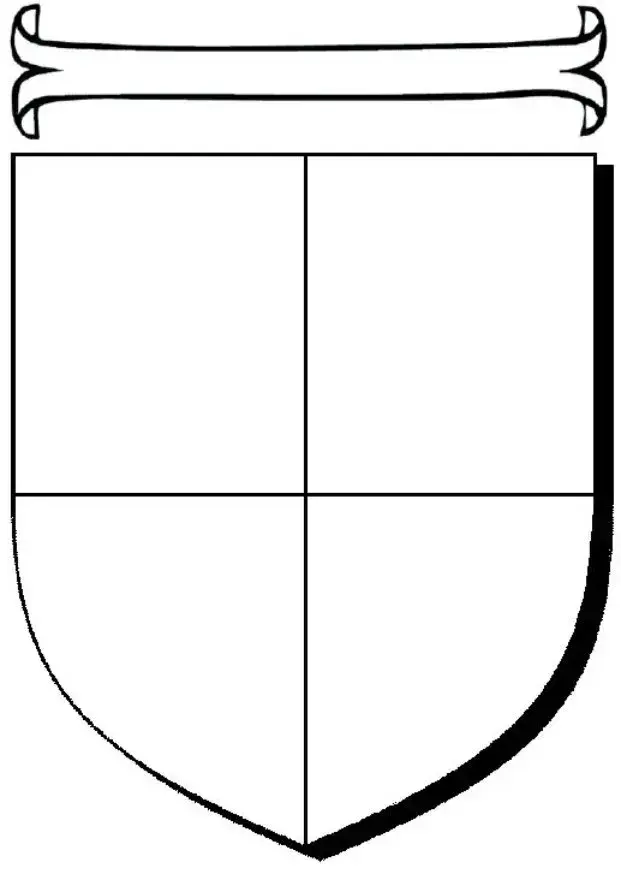A Coat of Arms form is a document used to request the creation or registration of a coat of arms. This form typically includes details about the individual or organization seeking the coat of arms, as well as any specific designs or symbols they wish to incorporate.
Who can apply for a Coat of Arms?
Generally, individuals, families, and organizations can apply for a coat of arms. Eligibility may depend on the rules of the heraldic authority in your region. Some authorities may require proof of ancestry or a significant connection to a particular lineage.
When filling out the Coat of Arms form, you will typically need to provide:
-
Your full name and contact information.
-
The name of your family or organization.
-
A description of any symbols or colors you want to include.
-
Any historical information that supports your claim to the coat of arms.
How long does the application process take?
The application process duration can vary. It may take several weeks to several months, depending on the complexity of your request and the workload of the heraldic authority. You may receive updates during the review process.
Yes, most heraldic authorities charge a fee for processing the application. The amount varies by authority and may depend on the services requested, such as design or registration. Check the specific authority's website for current fees.
Can I design my own coat of arms?
Yes, you can propose your own design for the coat of arms. However, it is advisable to consult with a heraldic expert to ensure that your design follows the rules of heraldry. This can help avoid issues during the approval process.
What happens if my application is denied?
If your application is denied, you will typically receive a written explanation detailing the reasons. You may have the option to appeal the decision or revise your application based on the feedback provided.
Can I transfer ownership of a coat of arms?
Transferring ownership of a coat of arms is possible, but the process depends on the regulations of the heraldic authority. Usually, this involves submitting a formal request along with any required documentation to prove the transfer of rights.
